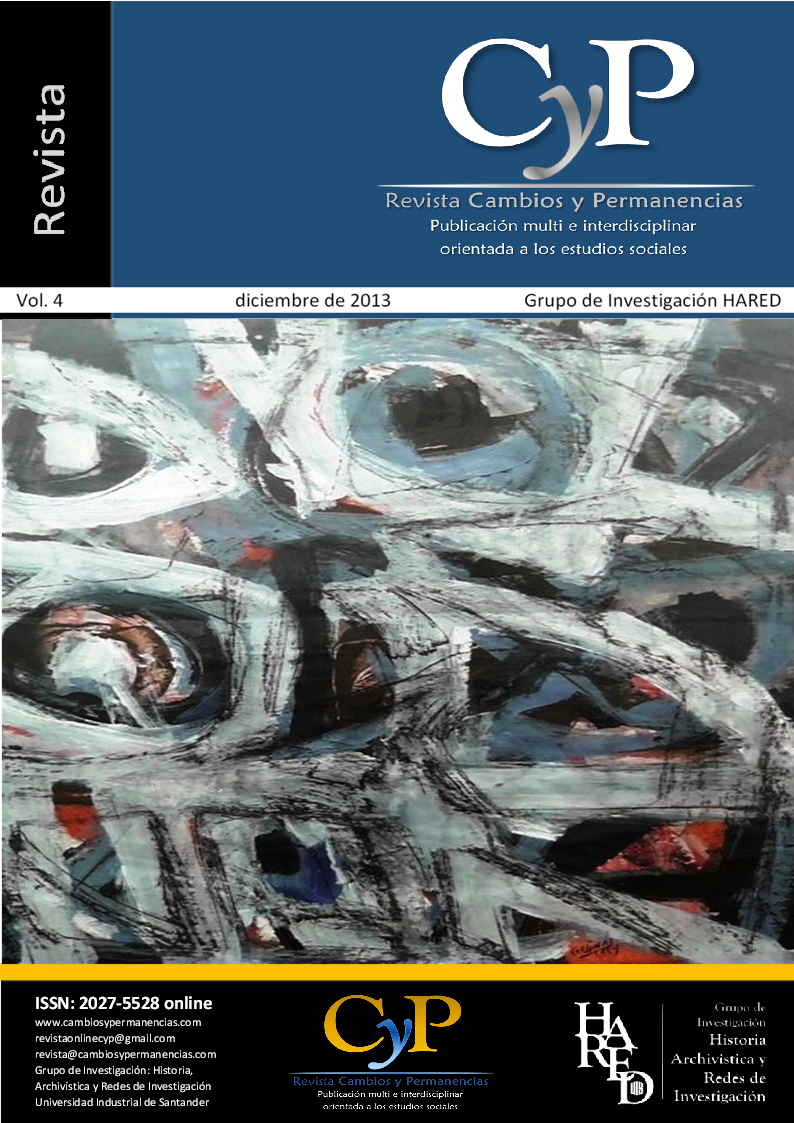El paisaje de los muertos: tres cementerios purépechas de la región lacustre de Michoacán
Published 2013-12-09
Keywords
- methodology,
- cultural geography,
- puréhepechas cemeteries
How to Cite
Abstract
This article is an attempt to recover the concept of space from the contribution that in recent times has made the Cultural Geography, from the study posed by the cultural geographer Mike Crang, who proposed the study of this concept as integral, encompassing and relates the forms, cultural events and identities, from a symbolic point of view. Also is an effort to use innovative methodological tools such as the use of literature, photographs, maps and oral testimonies, sources used to support the cultural Geography. This text can be read in two stages, the first in which the reader can enter the analysis on the theory of Mike Crang and possible uses for the study of cemeteries. The second step is an application of the concepts raised in the study of cemeteries in the cemeteries of the lacustrine region of Michoacan, Tzintzuntzan specifically, Cucuchucho and Arocutín, chosen for their great cultural interest and peculiar about death vision.
Downloads
References
Chartier, R. (1999). El mundo como representación, historia cultural: entre la práctica y la representación, Barcelona: Gedisa.
Crang, M. (1998). Cultural geography. London: Routledge.
De Ita, L. (2012). Sobre Mike Crang y el espacio en la historia y en la historiografía, reflexiones desde la geografía cultural. Boletín de Investigaciones Geográficas, (79).
Foster, G. M. (2000). Los hijos del imperio. La gente de Tzintzuntzan. Zamora: El Colegio de Michoacán.
Lomnitz, C. (2006). La idea de la muerte en México, México: Fondo de Cultura Económica.
López, P. G. (16 de julio de 2013). Entrevista. Tzintzuntzan, Michoacán.
Marí, A. (2005). Tumbas, criptas, cementerios y otras formas de recogimiento. En D., Hallado. (Comp.). Seis miradas sobre la muerte. Barcelona: Paidós Ibérica.
Oakes, T. S. y Price, P. L. (2008). The cultural geography reader. Estados Unidos - Canadá: Routledge.
Oliveros Morales, J. A. (2006). El espacio de la muerte. México: Colegio de Michoacán - INAH.
Ríos, G., Ramírez E. y Suárez M. (1995). Día de muertos. Ciudad de México: Universidad Autónoma Metropolitana.
Said, E. (1990). Orientalismo. Madrid: Quibal.

